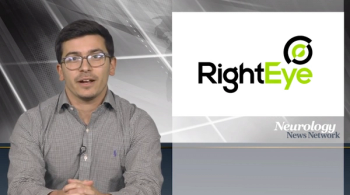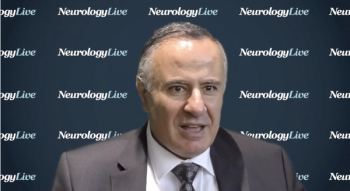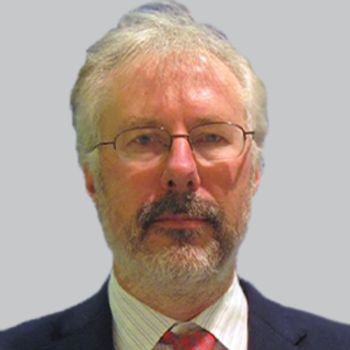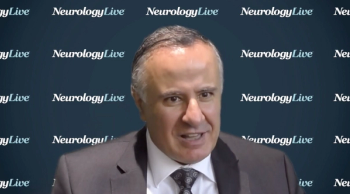
Epilepsy
Latest News
Latest Videos

CME Content
More News

The American Epilepsy Society recognized several members from its clinical and research communities for their outstanding contributions to the field of epilepsy.

Despite evidence of the benefits and safety of breastfeeding in women with epilepsy, 2 studies suggest this population breastfeeds significantly less often than women without epilepsy, due to fears of drug exposure or recommendations against the practice.

An analysis of 2 different doses of intranasal diazepam showed consistent safety and tolerability results for repeat dosing

The professor and chief of pediatric neurology, and director of the comprehensive epilepsy program and neuroscience institute at Le Bonheur Children’s Hospital offered insight into his experience with midazolam and its potential to play a vital role in treating seizure clusters.

Patients who were treated with cannabidiol 25 mg or 50 mg experienced seizure reductions of 49% and 48%, respectively, nearly double that of the placebo group, which experienced reductions of 27%.

Neurology News Network for the week ending December 7, 2019.

Although there are gaps in knowledge, investigators see potential in telemedicine for other neurologic disorders beyond stroke.

Fenfluramine reduced monthly convulsive seizure frequency by 54% compared with placebo in patients on medication regimens including stiripentol, with a significant proportion of those experiencing a meaningful or profound reduction.

The drug was proven to be efficacious and generally well tolerated in adults with newly diagnosed epilepsy.

This would be the first available oral suspension of lamotrigine, offering a key new delivery option with an easily manageable dose for patients with epilepsy.

NeurologyLive will be providing live coverage of AES 2019 from Baltimore beginning Saturday, December 7.

Patients who were administered levetiracetam, fosphenytoin, or valproate saw similar improvements in seizure reduction and responsiveness.

The label update includes adjustments to the withdrawal risk section and a new subsection for its use in specific populations.

No progressive or delayed complications of treatment were recorded after 3 years in patients with essential tremor who underwent focused ultrasound.

Midazolam nasal spray CIV, marketed under the brand name Nayzilam, is expected to become available in retail pharmacies early next month after its approval for the treatment of intermittent, stereotypic episodes of frequent seizure activity in epilepsy.

Fenfluramine is set for priority review by the FDA with a PDUFA date of March 25, 2020.

SK Life Science’s sodium channel antagonist cenobamate was approved based on data from pivotal trials in nearly 2000 patients in which it reduced the median number of seizures per 28 days.

The chief medical officer at SK Life Science discussed what the sodium channel antagonist will offer those treating partial-onset seizures.

Neurology News Network for the week ending November 23, 2019.

The director of the Epilepsy Center and vice chair of the Neurological Institute for Strategy and Development at Cleveland Clinic detailed the transition patients and doctors make from the office to telemedicine.

SK Life Science’s sodium channel antagonist cenobamate was approved based on data from pivotal trials in nearly 2000 patients in which it reduced the median number of seizures per 28 days.

The investigational new drug application for OWP Pharmaceuticals’ first-ever liquid formulation of topiramate, intended to offer a new delivery alternative for the therapy in epilepsy and migraine treatment, has been approved.

The director of the Epilepsy Center and vice chair of the Neurological Institute for Strategy and Development at Cleveland Clinic discussed the advanced application of telemedicine at Cleveland Clinic.

SK Life Science’s investigational agent cenobamate has shown an ability to significantly reduce focal-onset seizures in doses of 100, 200, and 400-mg compared to placebo. An NDA was filed for the therapy in early 2019.

The director of the Epilepsy Center at Cleveland Clinic reviewed the role that wearable technology can play in detecting seizures in patients with epilepsy.






































